Summary
Nearby activities include hiking, camping, and wildlife viewing at the nearby parks. Fishing tips include using live bait or lures such as spinnerbaits or jigs. The best time of year to visit is in the spring when the water is cooler and the fish are more active. Average temperatures during this time range from 70-85 degrees Fahrenheit.
Fish Species
Nearby Fishing
Weather Forecast
Nearby Streamflow Levels
Angling Safety Guidelines
Check local fishing rules, seasons, size limits, and license requirements to ensure legal and sustainable angling.
Handle Fish Responsibly
Use wet hands, minimize air exposure, and release fish gently to improve survival rates when practicing catch-and-release.
Choose the Right Gear
Match your rod, line, and tackle to the species and conditions to increase success and reduce unnecessary harm to fish.
Respect the Waterway
Avoid disturbing habitat, prevent bank erosion, and keep a safe distance from spawning areas to protect ecosystems.
Keep It Clean
Pack out all line, hooks, bait containers, and trash—discarded gear can injure wildlife and degrade waterways.
Related Links
Area Campgrounds
| Location | Reservations | Toilets |
|---|---|---|
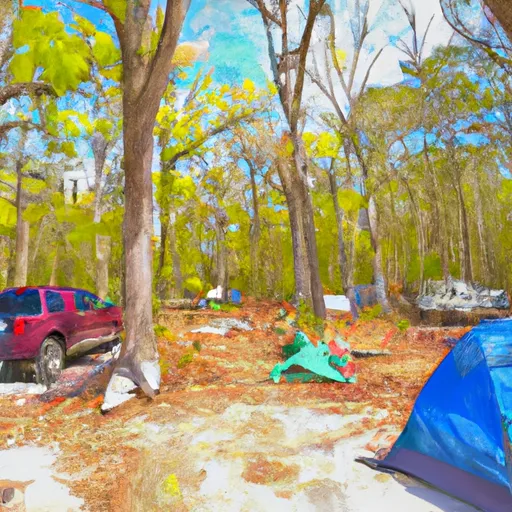 Turkey Lake City Park
Turkey Lake City Park
|
||
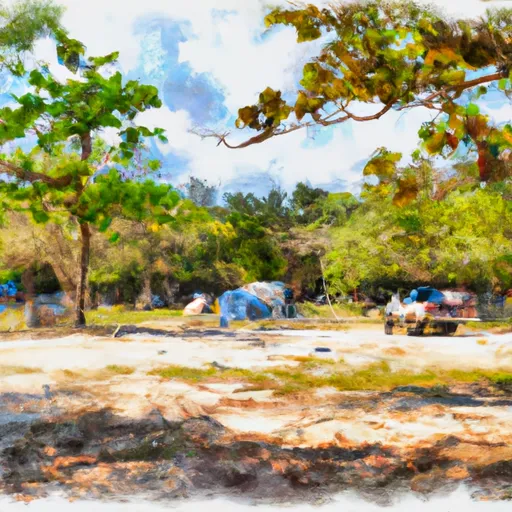 Clarcona Horse Park
Clarcona Horse Park
|
||
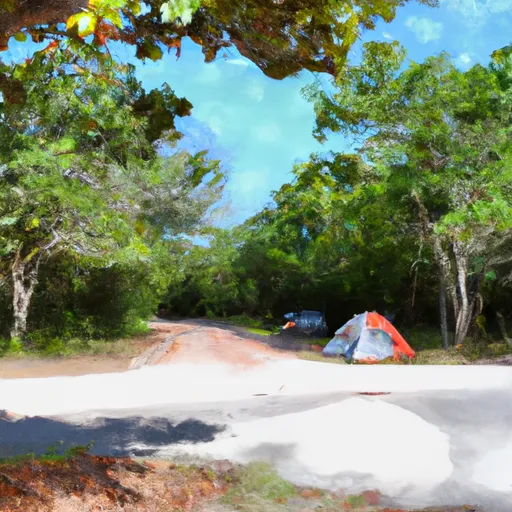 Magnolia County Park
Magnolia County Park
|
||
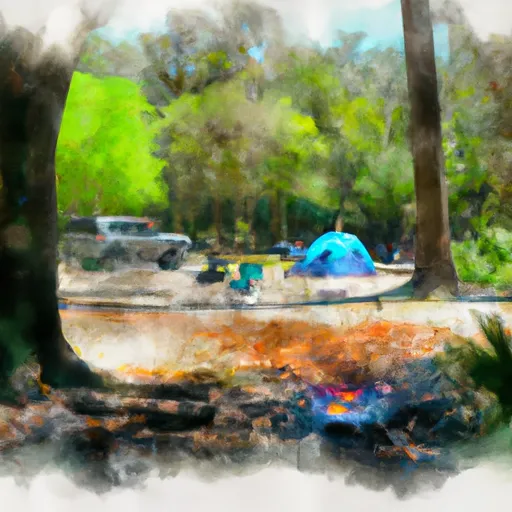 Wekiwa Springs State Park
Wekiwa Springs State Park
|
||
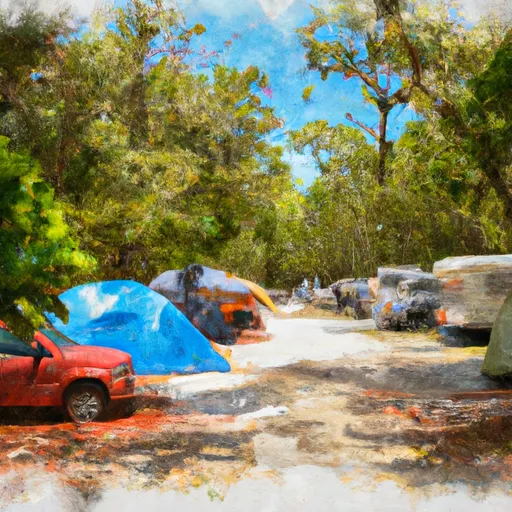 campsites 31-60
campsites 31-60
|
||
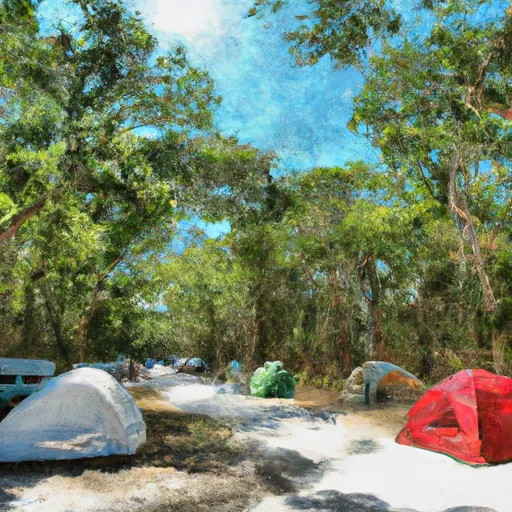 campsites 1-30
campsites 1-30
|

 Black Crappie
Black Crappie
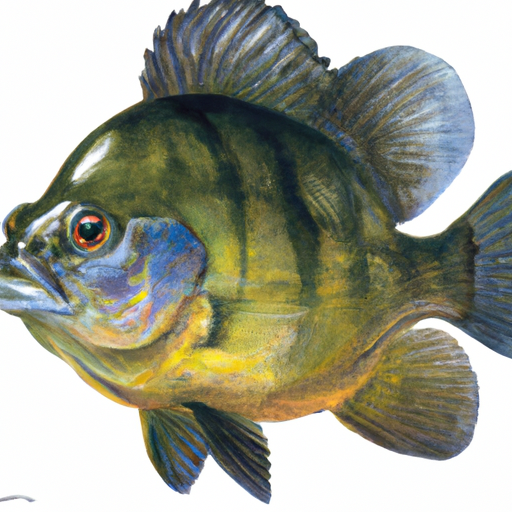 Bluegill
Bluegill
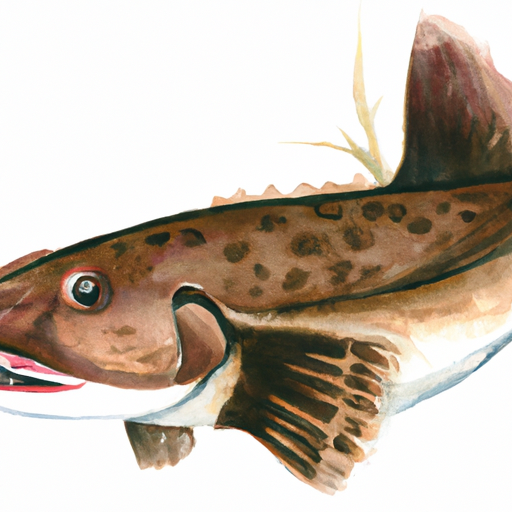 Brown Bullhead
Brown Bullhead
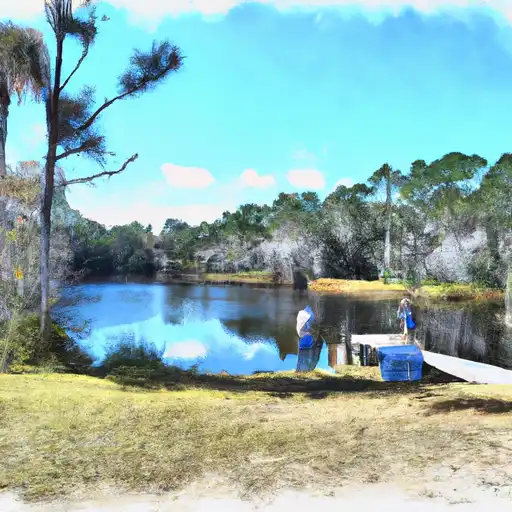 Lawne Lake
Lawne Lake
 Barnett Park Frog Pond
Barnett Park Frog Pond
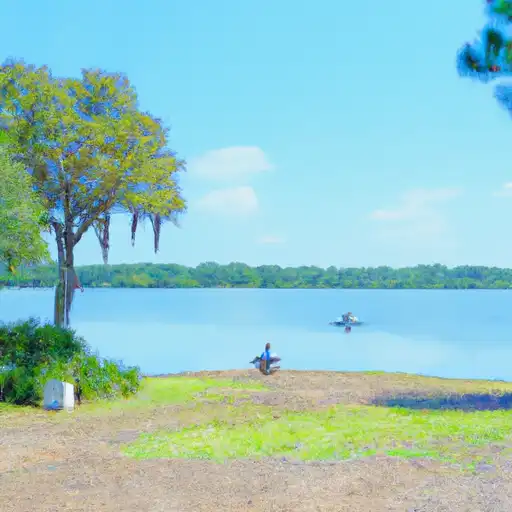 Lake Fairview
Lake Fairview
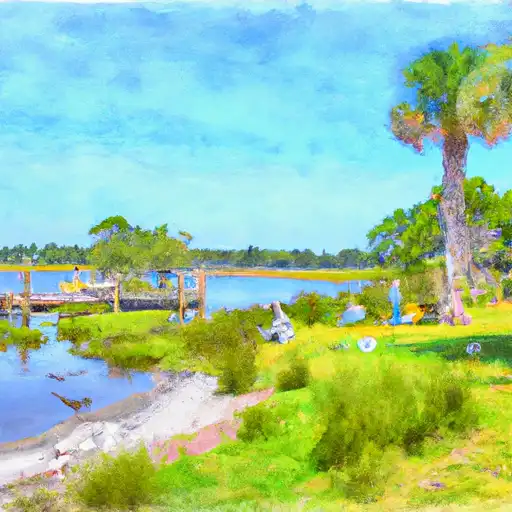 Eagles Nest
Eagles Nest
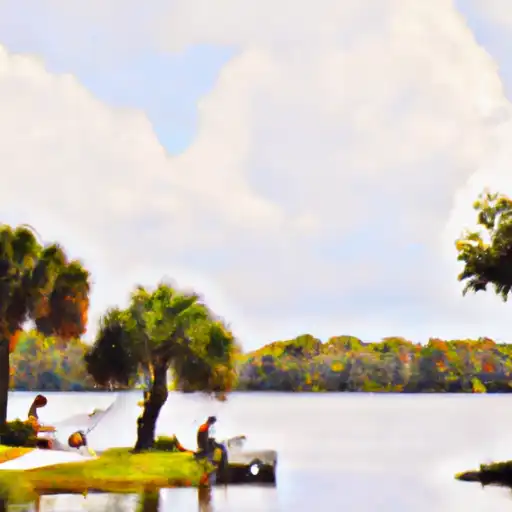 Clear Lake
Clear Lake
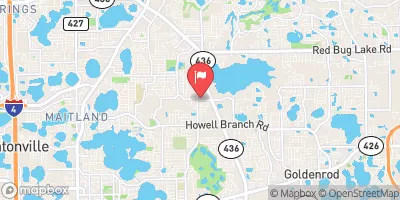
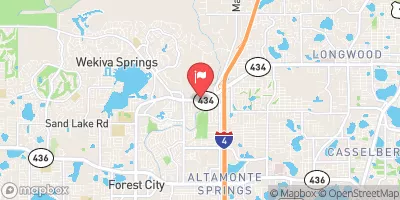
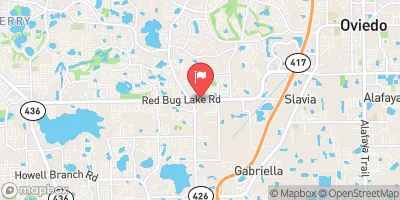
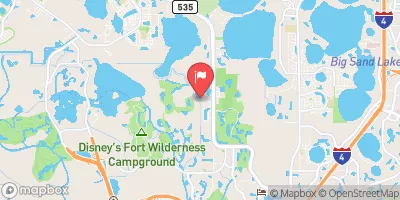

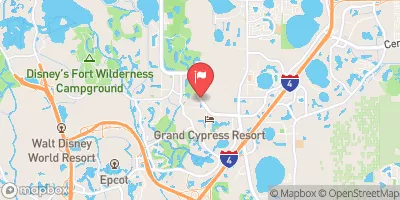
 Control Structure 5
Control Structure 5
 Dolores Drive, Pine Hills
Dolores Drive, Pine Hills
 Rattlesnake Park
Rattlesnake Park
 Rock Lake Park
Rock Lake Park
 Guernsey Park
Guernsey Park
 Dacey Park
Dacey Park
 Lorna Doone Park
Lorna Doone Park